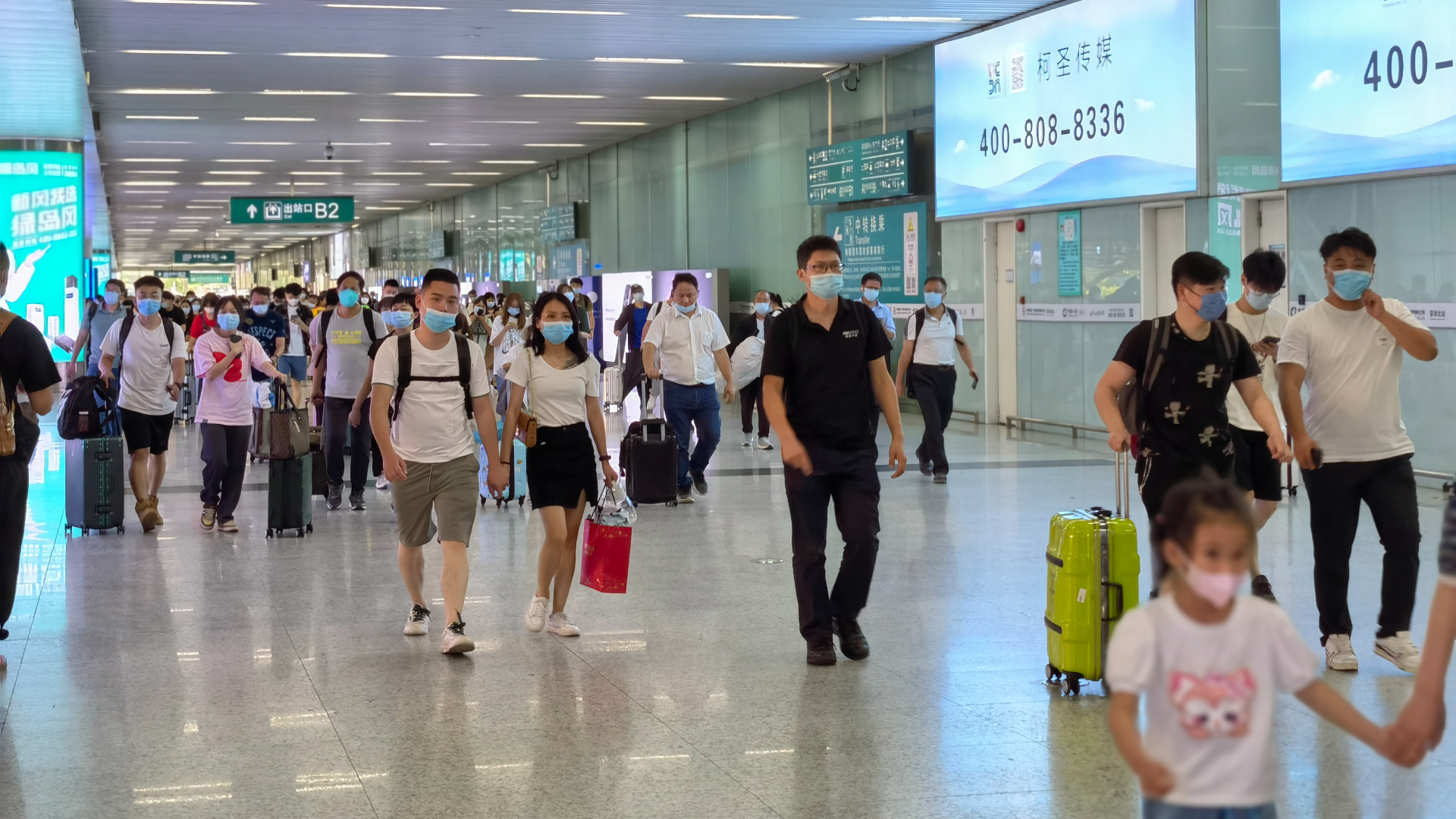The summer holiday is coming to an end. As norovirus infection is likely to occur frequently in autumn and winter, there is a high possibility of outbreaks in schools after the new semester starts in September, according to the Guangdong Provincial Center for Disease Prevention and Control (Guangdong CDC).

(Photo: Nanfang Daily)
Norovirus can easily cause vomiting and diarrhea among students. It is highly contagious. Therefore, clusters of norovirus infection are prone to occur in crowded places such as schools and nurseries. In addition, people of all ages can get infected with the virus.
Symptoms of norovirus infection are generally mild. The most common symptoms are vomiting and diarrhea, followed by nausea, abdominal pain, headache, fever, chills, and muscle aches.
The illness is typically self-limiting, with acute symptoms. Most patients can recover without treatment, and it’s suggested to rehydrate quickly after vomiting and diarrhea, and take a rest for 2 to 3 days. However, a small number of patients may have more serious symptoms, such as severe vomiting or diarrhea, and should seek medical treatment in time.
It is worth noting that patients with norovirus infection and hidden infection are the main sources of norovirus transmission. Patients' stool and vomit contain a large number of viruses, and improper disposal can easily cause infection through aerosol transmission. Noroviruses can survive in hot and cold temperatures.
Noroviruses can survive for two weeks on the surface of objects and more than two months in water. Moreover, neither the commonly used 75 percent alcohol by volume nor hand sanitizer can work well against them.
The Guangdong CDC provides tips on how to deal with vomit in a timely and scientific manner so as to prevent the spread of infections.
1. Evacuation
After vomiting, the first thing to do is to block off and clear individuals from the exposed area.
If vomiting happens in a room such as a classroom, office, or conference room, evacuate the others out of the room quickly.
If it happens in a public area, for example, the hallway, tell the others not to gather around and stay away from the vomit, and evacuate them as far as possible to the upwind area or other relatively clean directions.
2. Case management
Instruct the patient to vomit as much as possible into a disposable vomit bag. After evacuation, send the patient to a medical institution for treatment or temporarily transfer him/her to a separate isolation room for rest.
When cleaning up the vomit, if it is sticking to the patient's clothes or shoes, the attendants should pay attention to self-protection and use sanitizing wipes to clean up the vomit to prevent further infection.
In addition, the attendants should avoid close contact with the patient, and it’s important to wash and sterilize their hands after taking care of the patient.
Note: Alcohol-based hand sanitizers and disinfecting wipes are not effective against norovirus, so washing hands is crucial to prevent infection.
3. Disinfection preparation
Firstly, it’s important to take self-protection measures. Staff should wear disposable surgical masks, rubber gloves, disposable hats, smocks, and disposable waterproof shoe covers during cleaning and disinfecting.
Secondly, open windows for ventilation. If vomiting occurs indoors, staff should open windows and ventilate the room after sanitizing.
Thirdly, disinfectants should be prepared and used to sanitize. Commonly used disinfectants are chlorine-containing disinfectants such as bleaching powder, effervescent tablets, and 84 disinfectants. No matter which one you choose, it’s advised to follow the package instructions to prepare the disinfectant drugs.
The Guangdong CDC recommends preparing three disinfectant solutions.

One for vomit treatment, with a chlorine concentration of no less than 5,000mg/L.
One for environmental disinfection and the remaining for disinfection of personal protective equipment after work, with a chlorine concentration of no less than 1,000mg/L.
Author | Nico (intern), Hannah
Editor | Olivia, Jasmine, James
















